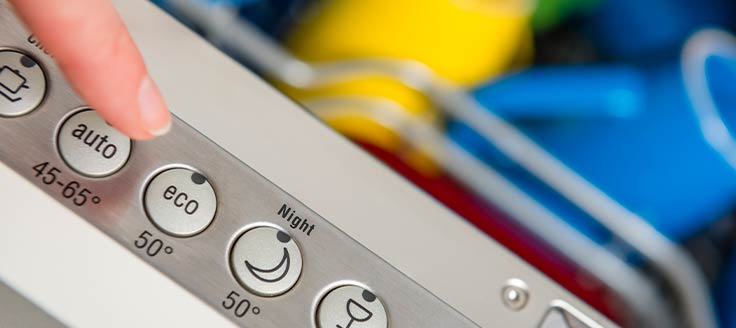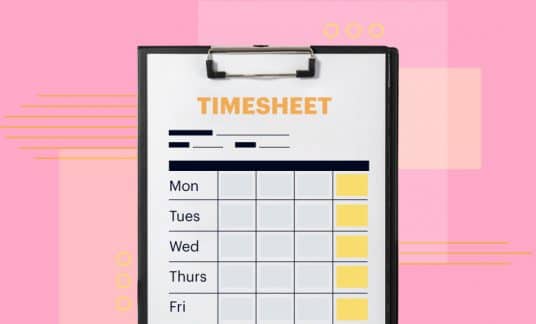Green property management is a big trend in 2020. Being eco-friendly doesn’t just benefit the environment; it reduces energy costs as well as your carbon footprint. It’s also appealing to current and potential tenants. According to an AMLI Residential survey of its tenants, 84% of respondents said sustainable living is “very important” to them. Sixty-four percent of renters noted they’d pay more for a unit in a green community.
Are you up to date with the best practices of sustainably maintaining your properties? Here’s a quick guide to help you pursue green property management.
Incorporate Green Property Management at Your Business
If you’re new to the idea of implementing environmentally conscious initiatives, then you’ll be glad to know that even small steps can make a big impact over time. Start by making one change at a time to get a feel for what methods work for each of your properties. Over a few months, you’ll have made some positive alterations to your management methods that benefit your community.
Install Green Appliances
The quality of appliances can affect a resident’s overall satisfaction with your property. They’re always on the lookout for new, high-performing dishwashers, washing machines and refrigerators in rentals and expect them to be in prime condition. It’s already routine for property managers to upgrade appliances every decade — or as needed — so trade out older, less energy-efficient appliances for Energy Star-rated appliances.
Green appliances such as Energy Star-qualified ovens, dishwashers, refrigerators and washing machines use less electricity and water, which lowers residents’ utility bills. If your properties are billed as an average cost of usage, then lower energy costs benefit everyone, including you. By producing less heat and using fewer gallons of water to perform the same tasks as older appliances, you can also ease the strain on potable water supplies and electricity in your area.
Recycling appliances is another vital part of being a green property manager. While older appliances typically are less energy efficient, they might still be usable for several years, and it would be a waste to throw them away. If you know of a person in need, donate the unit. If the appliances have no willing recipient, contact the EPA to find a location to recycle these appliances instead of sending them to a landfill.
Heating and Cooling
Temperature control is one of the most significant contributors to utility costs, so it’s essential to find the most efficient units for your properties. Central air units are rated by their seasonal energy efficiency ratio (SEER), which evaluates the efficiency of a unit’s cooling output. A higher SEER means that the air conditioner is more efficient; modern units’ SEER range from 13-25. Old units will have low numbers — between 6-13.
The latest federal regulations dictate that states in the southern U.S. need a SEER of 14 or higher, while northern states require a 13 SEER rating. If you can find higher units, such as 18 and above, you will reap even more benefits of lower cooling costs. When it comes to heating, look for Energy Star furnaces with an annual fuel utilization efficiency (AFUE) of 90% or higher. This makes them about 15% more efficient than most furnaces out there. When a unit doesn’t work as hard, it uses less energy to keep your properties at comfortable temperatures.
Lighting
Have you ever compared the costs of using different types of light bulbs? By switching to eco-friendly lighting, you can save money and use less energy. The cost to run a 60-watt incandescent bulb for 50,000 hours is $362.50, and it would require 50 bulb changes. However, for the same hours and wattage, you only need 5.5 CFL bulbs and pay $83.20 or 5 LED bulbs and pay $62.50. These figures include the upfront cost of light bulbs.
The higher upfront cost of LED or CFL bulbs often turns off property managers who admittedly need to buy many bulbs for their units. Still, over time these types of bulbs typically last longer and use far less energy than traditional incandescent bulbs. If the initial costs are overwhelming, start small and work on one unit at a time. Every little bit helps with energy costs as you take steps toward green property management.
Recycling Services
How is the recycling situation in your properties? If your tenants do not have recycling as part of their waste removal package, it’s time to reconsider the companies you’re using. Check your area for waste removal companies that also have a recycling service. Make trash and recycling service part of the lease, so residents don’t select a company that excludes recycling. If there isn’t a service yet, keep looking. An existing service might decide to include recycling at a later date, or a new company could emerge to meet the need.
Green Cleaning and Green Pest Control
When it’s time to spruce up a unit after a lease ends, hire cleaning companies that use green cleaning methods, including biodegradable cleaners. These products use ingredients that are free from toxins and harsh chemicals that can irritate the skin and eyes. Let your residents know that you stand by eco-friendly cleaning products. This will give them peace of mind, especially if they have pets or small children they don’t want to be exposed to harsh elements.
Some pests, such as insects and mice, eventually make their way into properties — even if tenants are mindful and clean. Although many pest control companies default to pesticides to get rid of these tiny home intruders, your tenants might not want to be exposed to such chemicals. For these units, look for a pest control company that carries an Integrated Pest Management (IPM) certification.
IPM-certified companies use methods that don’t involve chemicals for eradicating pests. Instead, they use preventative and maintenance services to manage pest levels or prevent the arrival of new, unwanted intruders. These professionals eliminate the motivations for pests to dwell in a home, such as hidden food sources that keep enticing mice, while installing cruelty-free traps.
Eco-Friendly Landscaping
The quality of your property’s landscaping determines much about its curb appeal. When you integrate green property management methods into your landscaping, your residents have more to be proud of than just how their unit’s exterior looks. Examples of eco-friendly landscaping include:
- Xeriscaping: This method came into use in the 1980s and reduces the need for watering the lawn. Plants that have the same water requirements are arranged in a way that irrigates the land. Grass can also be replaced by plants that require less water, such as purple fountain grass and succulents.
- Green Walls: By letting greenery grow up the walls of your property and garden, you improve the appearance of the exterior and increase privacy for your residents. Herbs and flowers can be integrated here with popular vine plants for a stunning visual effect. When it comes to plants, more is better for the environment, so plant away!
- Green Roof: By growing plants on a living roof, you can insulate your property from noise and create more habitats for birds and plants. Vegetation is planted over a waterproof membrane, root barrier and irrigation systems. Your residents can enjoy a better regulated indoor temperature, energy savings and purer air around them.
Benefits of Green Property Management
Green property management saves money on electricity, gas and water bills. It also appeals to residents who are passionate about sustainability. By implementing forward-thinking concepts to your properties, you are investing in future generations that will count on individuals like you to make sustainable choices.











